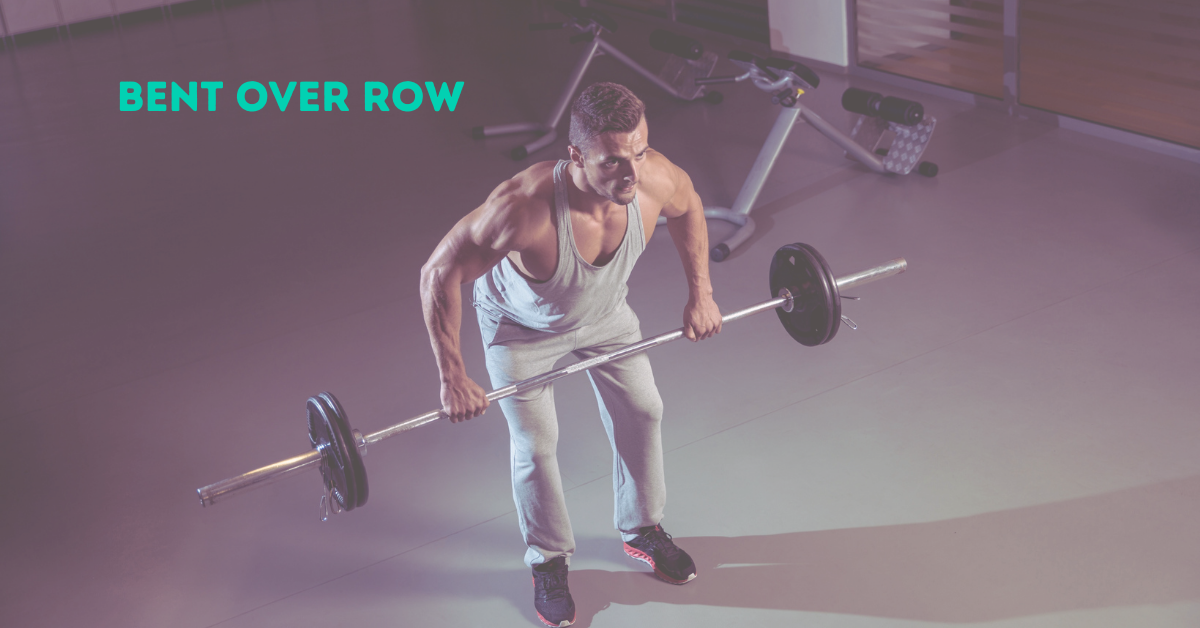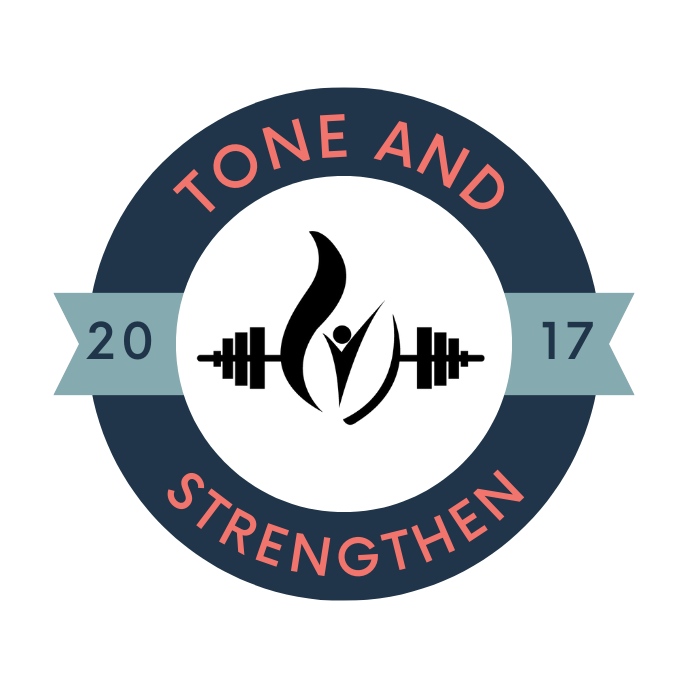
Bent Over Row
When you open the vault of back exercises, there are many options available to you. Bent over row is the star of the vault. Bent over row is a complete back-builder: upper back, lower back, lats, traps, spinal erectors. Pulling exercises like bent-over rows also help to develop strong, stable, and pain-free shoulders. Shoulder injuries, anyone? Yes, rows can help prevent shoulder injuries. And that’s not all. The bent-over row is a critical component for building upper body strength and burning fat!
Muscle worked

Major muscles worked are
- Latissimus Dorsi
- Rhomboids
- Spinal Erectors
- Trapezius muscles
Benefits
A few of the benefits of bent-over rows are below-
Prevent Injuries- Bent over row involves stabilization of the spine. It isolates the back, shoulders, and gluteus muscles. Rows strengthen the muscles of the back surrounding the shoulder joint, which makes this exercise highly beneficial for preventing training injuries and increasing shoulder stability.
Upper Body Strength- The bent-over row is a multi-jointed exercise that strengthens the entire back musculature.
Burn Fat- Increased muscle mass leads to better in metabolism, the rate at which your body burns calories. When the number of calories expended is greater than the number of calories consumed, you can lose fat.
Improves Posture- Bent over row helps increase back strength and spinal stability by avoiding lumbar flexion under load.
Functional Exercise- The dumbbell bent-over row is a compound, functional exercise in that you use this same motion throughout the day, such as when picking up heavier objects.
How to perform this exercise
- Stand with feet hip-width apart and knees slightly bent, hinge forward at the hips.
- Engage ab muscles and keep the neck neutral to maintain a flat back to start.
- Lift a weighted barbell or two dumbbells towards your torso.
- Exhale to row dumbbells up next to ribs, drawing elbows straight back and keeping arms close to the torso.
- Focus on squeezing shoulder blades together at the top of each rep.
- Inhale to slowly lower weights back to starting position.
Safety
Avoid this exercise if you have lower back pain. If pain occurs in the shoulder or back while executing this exercise, stop and consult a doctor.
Common Mistakes
It’s essential to avoid the mistakes below to get the most out of this exercise.
Choose the Right Weight- Choose dumbbells light enough to enable the proper form.
Rounded Back or Shoulders- Keep your back straight, and shoulders square throughout the exercise.
Bending Too Far- Toros should be bent forward about 45 degrees. More flexion than that can strain your back muscles.
Moving Lower Body- Your legs and hips should be still throughout this exercise.

This Post Has 0 Comments